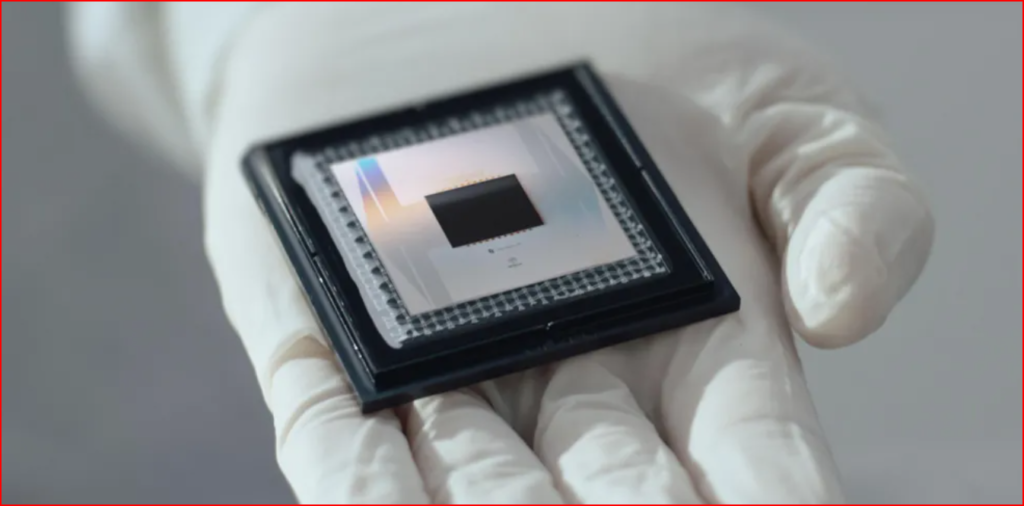Introduction
Imagine solving a problem that would take the world’s fastest supercomputer billions of years, in just a few minutes. Sounds like science fiction, right? That’s the mind-boggling reality of Google’s new quantum computing chip, Willow. This groundbreaking technology is not just a step forward; it’s a giant leap towards a future where computers can solve problems previously deemed impossible.
Understanding the Quantum Revolution
Before we dive into the specifics of Willow, let’s take a quick detour to understand what makes quantum computing so revolutionary. Traditional computers, like the one you’re using right now, rely on bits, which can represent either a 0 or a 1. Quantum computers, on the other hand, use qubits, which can represent 0, 1, or both simultaneously. This mind-bending concept, known as superposition, allows quantum computers to perform calculations at speeds that dwarf even the most powerful supercomputers.
Think of it like this: a traditional computer is like a single-lane road, processing information one car at a time. A quantum computer, with its qubits in superposition, is like a multi-lane highway, processing a massive amount of information concurrently. This difference in processing power is what makes quantum computing so exciting for tackling complex problems in fields like medicine, materials science, and artificial intelligence.
Willow: Conquering the Challenge of Quantum Errors
However, quantum computers are notoriously tricky beasts. Qubits are extremely sensitive and prone to errors caused by factors as minuscule as a subatomic particle from outer space. These errors can accumulate, rendering the quantum computer no better than a traditional one. This challenge has been a major roadblock in developing practical quantum computers.
Now, Google’s Willow chip has seemingly overcome this hurdle. By cleverly stringing together its 105 qubits and implementing real-time error correction techniques, Google has achieved a breakthrough. The error rates actually decrease as the number of qubits increases, a feat that has eluded scientists for decades. This is the first time a quantum processor has achieved “below threshold” results, meaning that errors reduce exponentially as you add more qubits, paving the way for scaling up quantum computers in the future.
A Quantum Leap in Performance
So, how does Willow’s performance actually stack up? In a standard test called random circuit sampling (RCS), Willow solved a problem in under five minutes that would take the world’s best supercomputer an estimated 10 septillion years. That’s almost a quadrillion times longer than the age of the universe! To put this into perspective, imagine trying to solve a complex Sudoku puzzle. A traditional computer might take hours or even days, while Willow would crack it in a fraction of a second.
Willow also boasts a significantly improved coherence time, a measure of how long qubits can maintain their superposition, compared to Google’s previous Sycamore chip. This improvement translates to a reduction in physical operation error rates, essentially making each qubit more reliable.
From Benchmarks to Real-World Applications
While benchmarks like the RCS test are important for demonstrating the raw power of quantum computers, the ultimate goal is to apply this power to solve real-world problems. Google researchers are already working on utilizing quantum computers for simulations of complex systems, potentially leading to discoveries and breakthroughs in various fields. Imagine designing new drugs, developing sustainable energy solutions, or creating revolutionary materials, all thanks to the power of quantum computing.
The Future of Quantum Computing

The development of Willow is a significant milestone in the journey towards practical quantum computers. While commercial applications are still likely years away, the technology is progressing at an exciting pace. Google is not alone in this race; other tech giants like IBM and Microsoft, as well as research institutions worldwide, are also pursuing quantum computing. This global effort suggests that we’re on the cusp of a technological revolution that could reshape our world.
What Does This Mean for You?
You might be wondering, “How will quantum computing impact my life?” While the technology is still in its early stages, its potential applications are vast and could touch many aspects of our lives:
- Healthcare: Faster drug discovery and personalized medicine could lead to more effective treatments and cures for diseases.
- Materials Science: Designing new materials with enhanced properties could revolutionize industries like electronics, energy, and construction.
- Artificial Intelligence: Quantum computers could accelerate the development of AI algorithms, leading to smarter and more efficient machines.
These are just a few examples of the transformative potential of quantum computing. As the technology matures, we can expect to see even more groundbreaking applications emerge.
Staying Ahead of the Curve
The field of quantum computing is rapidly evolving, and it’s crucial to stay informed about its progress. Here are some resources to help you learn more:
- External References:
- Nature Journal: https://www.nature.com/articles/d41586-024-04028-3
- Google AI Blog: https://blog.google/technology/research/behind-the-scenes-google-quantum-ai-lab/
- National Quantum Computing Centre (NQCC): https://www.nqcc.ac.uk/what-is-quantum-computing/
The development of Google’s Willow chip, is a testament to human ingenuity and our relentless pursuit of technological advancement. It’s a reminder that the future holds immense possibilities, and that by pushing the boundaries of science, we can unlock solutions to some of the world’s most challenging problems. As we venture deeper into the quantum realm, one thing is certain: the future of computing is incredibly exciting.

